Allergy diagnostics & desensitization in Frankfurt
Are you looking for an allergist in Frankfurt?
In our dermatology practice, we offer comprehensive services in the field of allergic diseases. We carry out precise allergy tests and advise you on all aspects of allergies and desensitization.
Find out more about allergies and our allergology services here.
Pollen allergy - help and tips - hallo hessen with Dr. Aleksander Markovic
You are currently seeing a placeholder content of ARD Mediathek. To access the actual content, click on the button below. Please note that data will be passed on to third-party providers.
Further informationYou are currently seeing a placeholder content of ARD Mediathek. To access the actual content, click on the button below. Please note that data will be passed on to third-party providers.
Further informationWhat is an allergy?
Allergy is an overreaction of the immune system to a substance with which the skin or mucous membrane has come into contact.
The skin often shows varying degrees of redness and itching. In rare cases, an exaggerated anaphylactic reaction may occur.
The good news first: allergies are treatable. Symptomatically in the acute phase, but also therapeutically through hyposensitization. This can prevent the progression of an allergy, e.g. to bronchial asthma, or improve allergy-related skin changes.
The most common forms of allergy include:
- Pollen (hay fever)
- House dust (mites)
- Drug allergy
- Contact allergies
- Food allergies
- Insect venom allergy
- Allergic urticaria

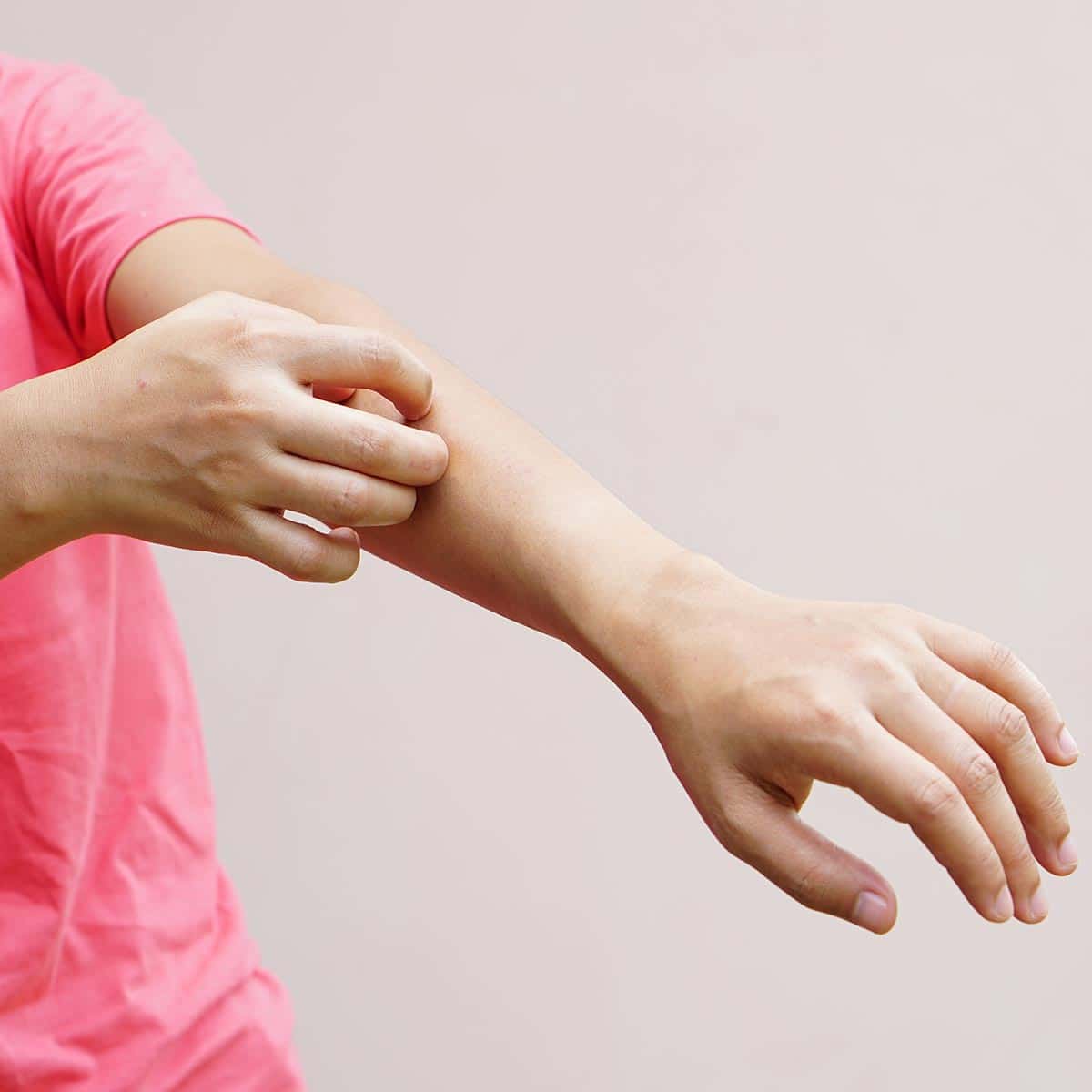
What types of allergy are there?
Type I- immediate type reaction
Type III reaction - formation of immune complexes
Type IV reaction
Allergy test in Frankfurt - How and where can you be tested for allergies?
We carry out various allergy tests in our allergology practice in Frankfurt.
RAST (Radio-Allergo-Sorbent Test)
We are now offering a new and innovative immunodiagnostic all-in-one test procedure on a molecular basis with biochip technology for the determination of 295 allergens and food intolerances in the blood.
Find out more about allergy testing using blood analysis here.

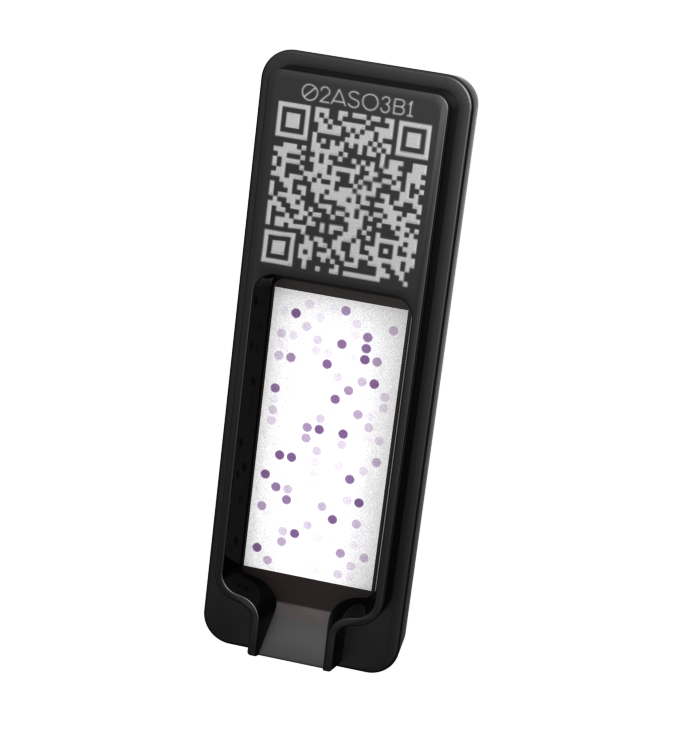
Prick test
In the “prick test”, tiny amounts of an allergenic substance are inserted under the skin with a lancet. The resulting skin reaction is assessed by the dermatologist.
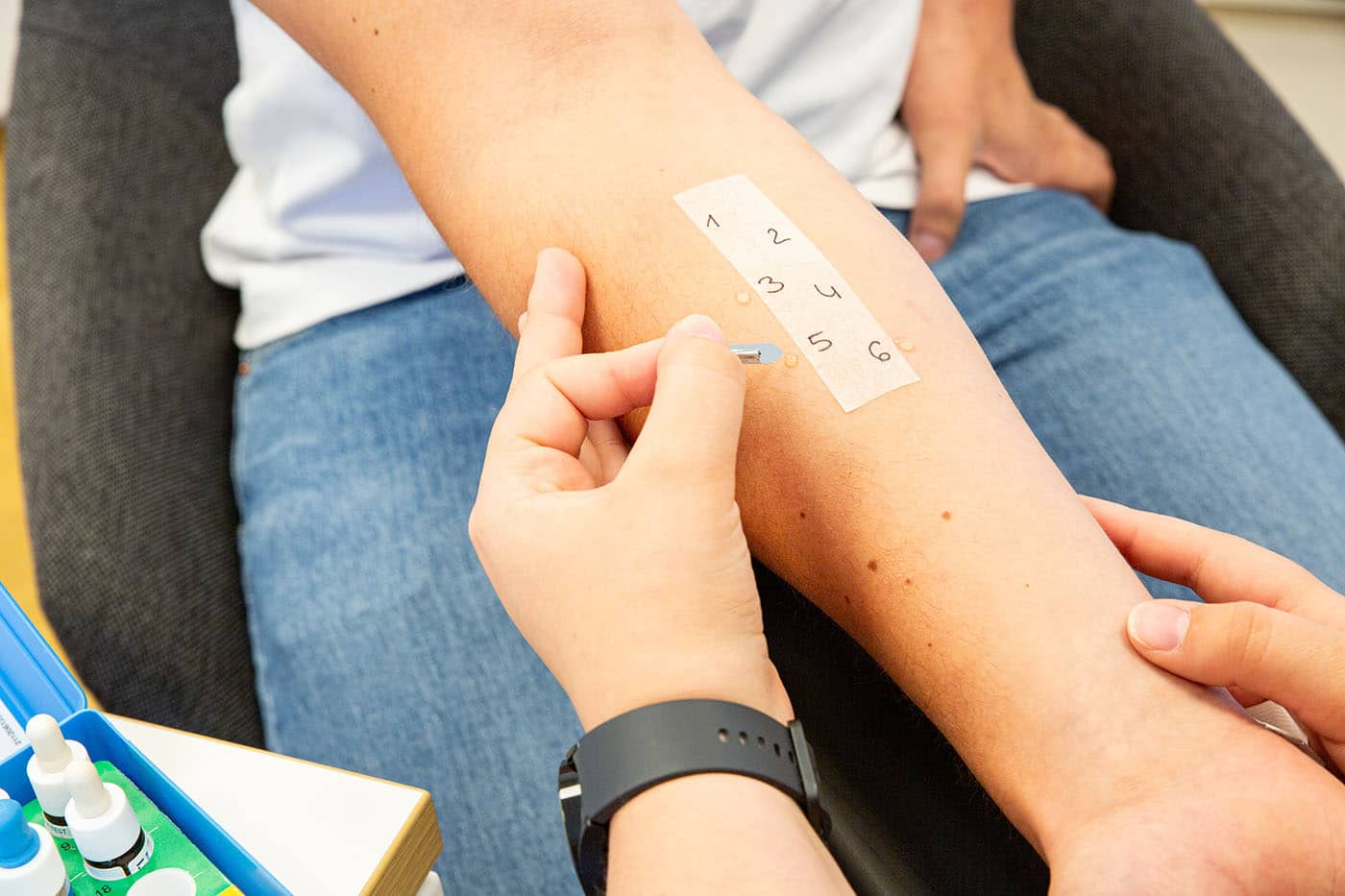
Epicutaneous test
If contact eczema (type IV allergy) is suspected, we offer epicutaneous testing. Allergies to nickel, fragrances, preservatives, Peru balsam and other substances can be verified or ruled out.
We help you to gain clarity about your complaints, classify them together with you and draw up a treatment plan. At our dermatology practice in Frankfurt Sachsenhausen, we cover the entire spectrum of dermatology, laser medicine, aesthetic medicine and allergology.
Arrange an appointment today appointment for an allergy test in Frankfurt today and benefit from sound allergy advice from experienced specialists.

Allergologist Frankfurt - Treatment of allergies - Desensitization
It is often possible to achieve an improvement in symptoms simply by avoiding specific allergens (allergy avoidance).
Occasionally, in the case of type I reactions, short-term drug treatment with antihistamines (relieves itching), preparations containing cortisone, or – for long-term freedom from symptoms – even hyposensitization (desensitization) may be indicated.
Desensitization slowly accustoms the immune system to the trigger over a long period of time. Hyposensitization (also known as allergy vaccination or specific immunotherapy) is a form of therapy that can be used to treat overreactions of the immune system.
We carry out hyposensitization for hay fever, wasp venom, animal hair or house dust mite allergies.
Are you looking for an allergist in Frankfurt? In our private dermatology practice, we carry out allergy tests and advise you on all aspects of allergies and desensitization.
What about food allergies?
Many patients suspect a food allergy behind skin changes and allergic symptoms. However, this is rarely the case in everyday life. In this case, one can often assume an intolerance that cannot be detected in the allergological tests. Food allergies occur primarily in childhood and mostly in the first few years of life. The most common allergies are cow’s milk, hen’s egg and nut allergies. However, cow’s milk and hen’s egg allergies in particular also have a high tolerance development, which is why both substances can be tolerated without problems by formerly allergic children after 1-2 years of life, despite the allergy. This does not apply to nut allergies, which can cause severe allergic reactions.
